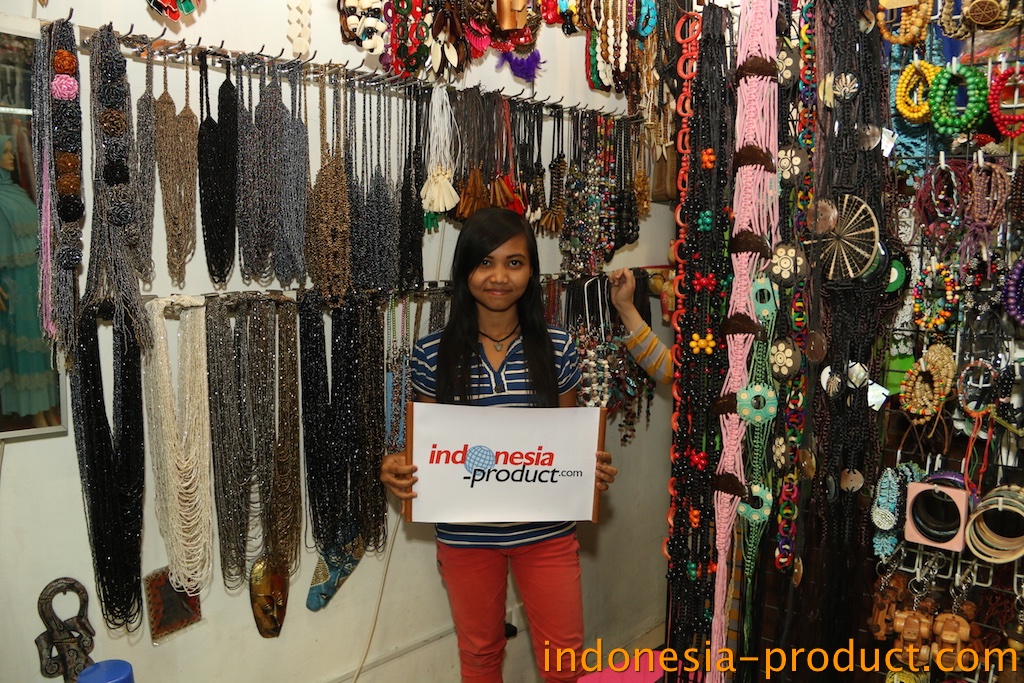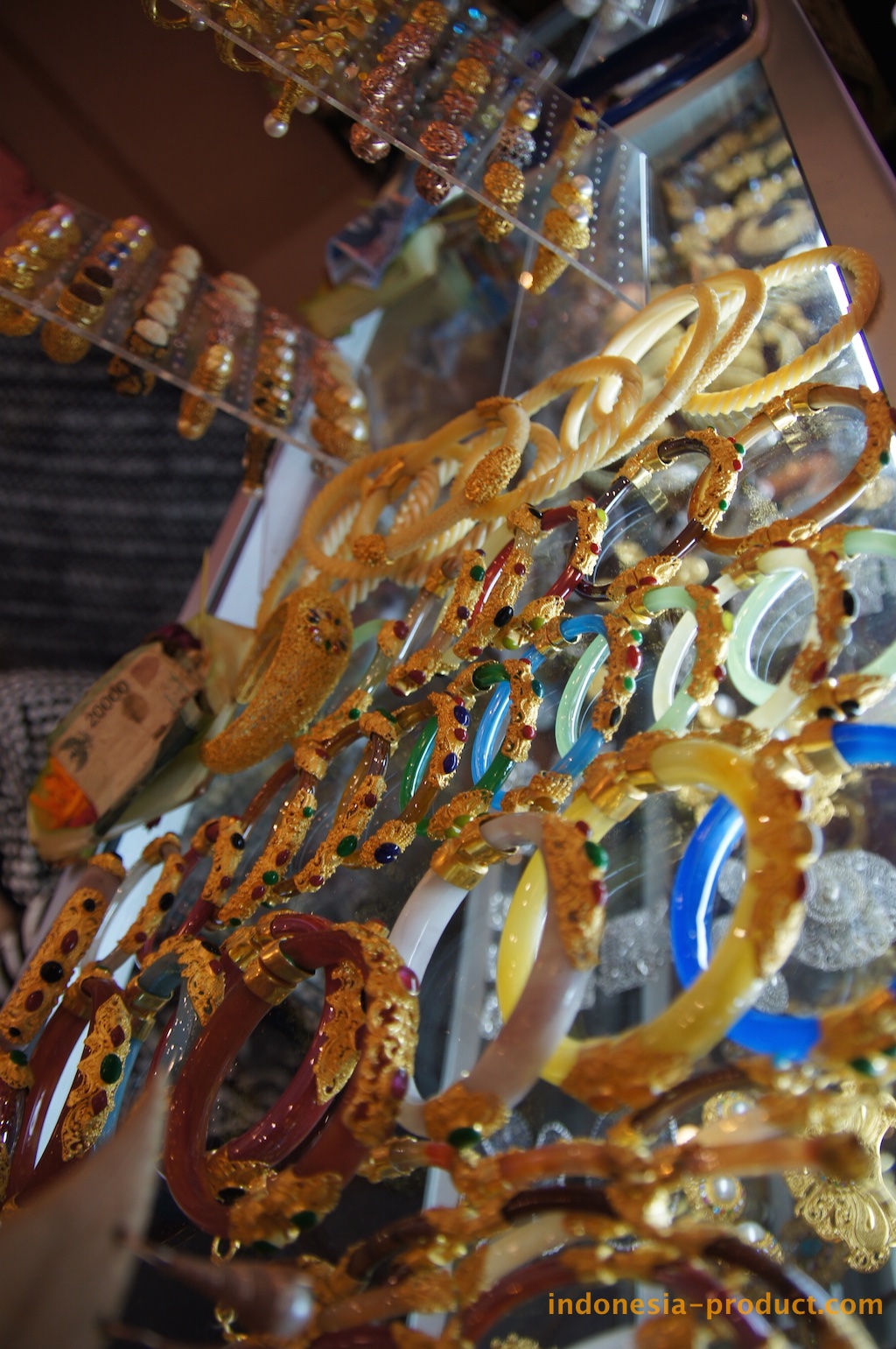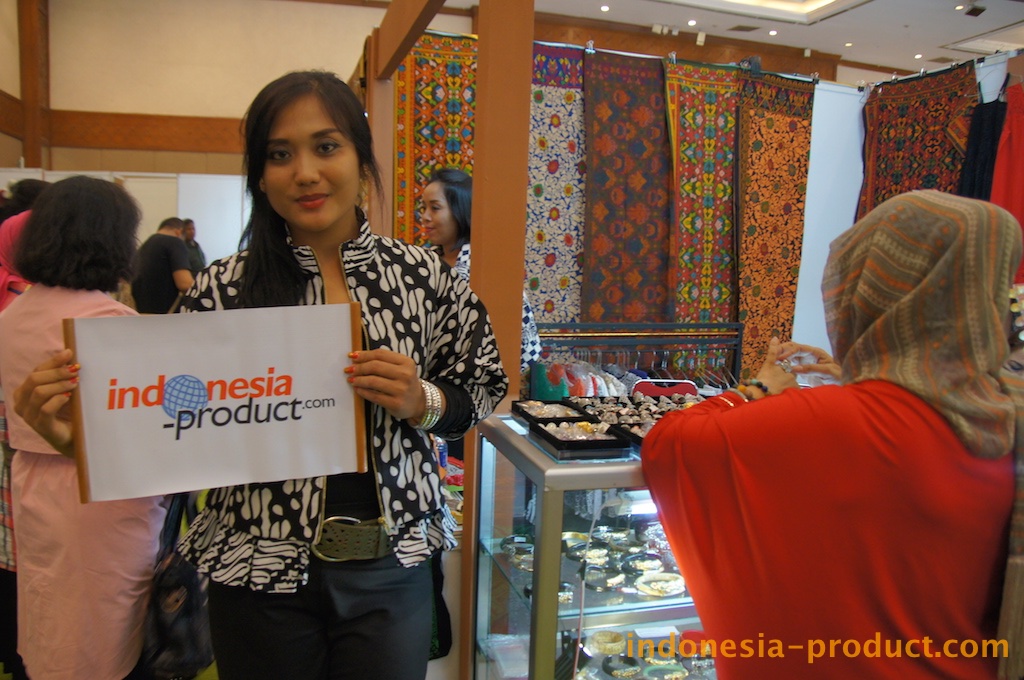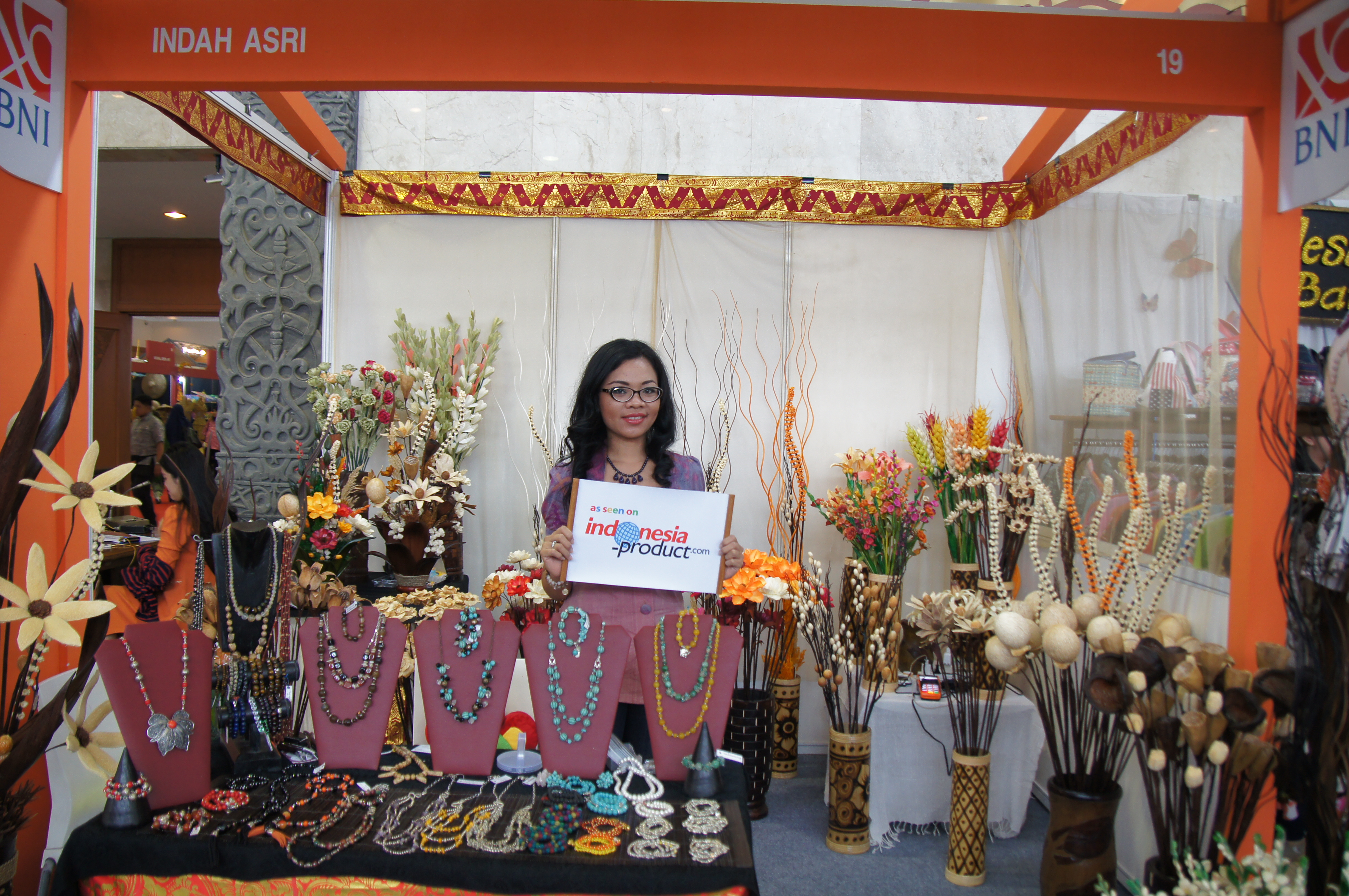Desert Gems: Stark Gallery features rare Arabian jewelry
Texas A&M The Battalion, TX
The word “bedouin” is derived from an Arabic word, “badawi,” meaning “desert dweller,” representing the nomadic bedouin lifestyle. The Bedouins, which make up 1 percent of the Saudi Arabian population, are the creators of intricate and priceless jewelry on display at the J. Wayne Stark Gallery in the Memorial Student Center.
“Men want to give their wives as much jewelry as possible so they can be like, ‘See how wealthy I am. I can afford to give my wife all of this,'” said Catherine Hastedt, the director of the Stark Gallery.
“These are very rare pieces. This exhibit is a great opportunity for students at Texas A&M to see a dying culture.”
In the Bedouin culture, jewelry equals wealth – a wealth that the women are privy to. Men give their wives jewelry at the time of their wedding and at the births of each of their children, and a woman’s jewelry is protected under Islamic law.
The display, which is owned by Frances Meade, is on loan from The Bead Museum in Glendale, Ariz. and contains more than 100 pieces. The collection includes earrings, headpieces, necklaces, head ornaments, bracelets, rings, belts, pendants and several other types of jewelry.
“[Frances Meade] went to the ‘suk,’ which is the Saudi marketplace, and was looking for things to decorate her new apartment and found dangly things that she thought would look nice,” Hastedt said. “Only later did she find out they were Bedouin headpieces.”
Once a woman dies, her jewelry is either melted down or sold, because it is considered bad luck for a bride to wear used jewelry. This practice is part of the reason that Bedouin jewelry is so rare. Also, a lot of the pieces are made from silver, which corrodes and degrades very easily in the harsh desert environment.
“The only reason a lot of these pieces are here are because [Meade] collected them,” Hastedt said. “We are lucky to see pieces like these anymore.”
Silver, gold, coral, amber, turquoise, leather and decorative coins are used to make the Bedouin jewelry.
“I wish that I was lucky enough to have jewelry like some of the pieces on display. They’re so beautiful,” said Briana Bradshaw, a junior communications major.
The quality of the craftsmanship in this exhibit is amazing, Hastedt said. Most of the jewelry is hollow because the Bedouin culture is nomadic, so they quickly learn what is essential, she said.
The exhibit will be available for viewing until Aug. 12.
“This jewelry exhibit is so fascinating. It’s so cool to see other cultures represented here at A&M, especially because they’re so intensely pushing diversity at our school,” said Stark visitor Lauren May, a junior education major. “I would highly recommend for students to see it. They won’t be disappointed.”





